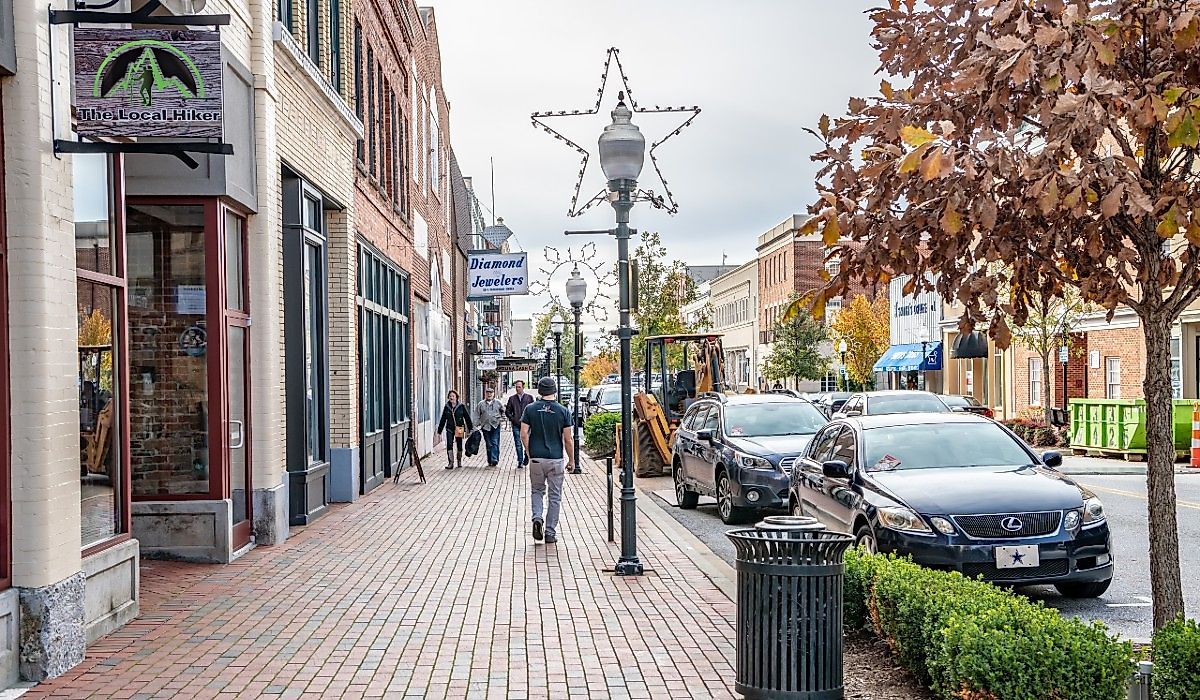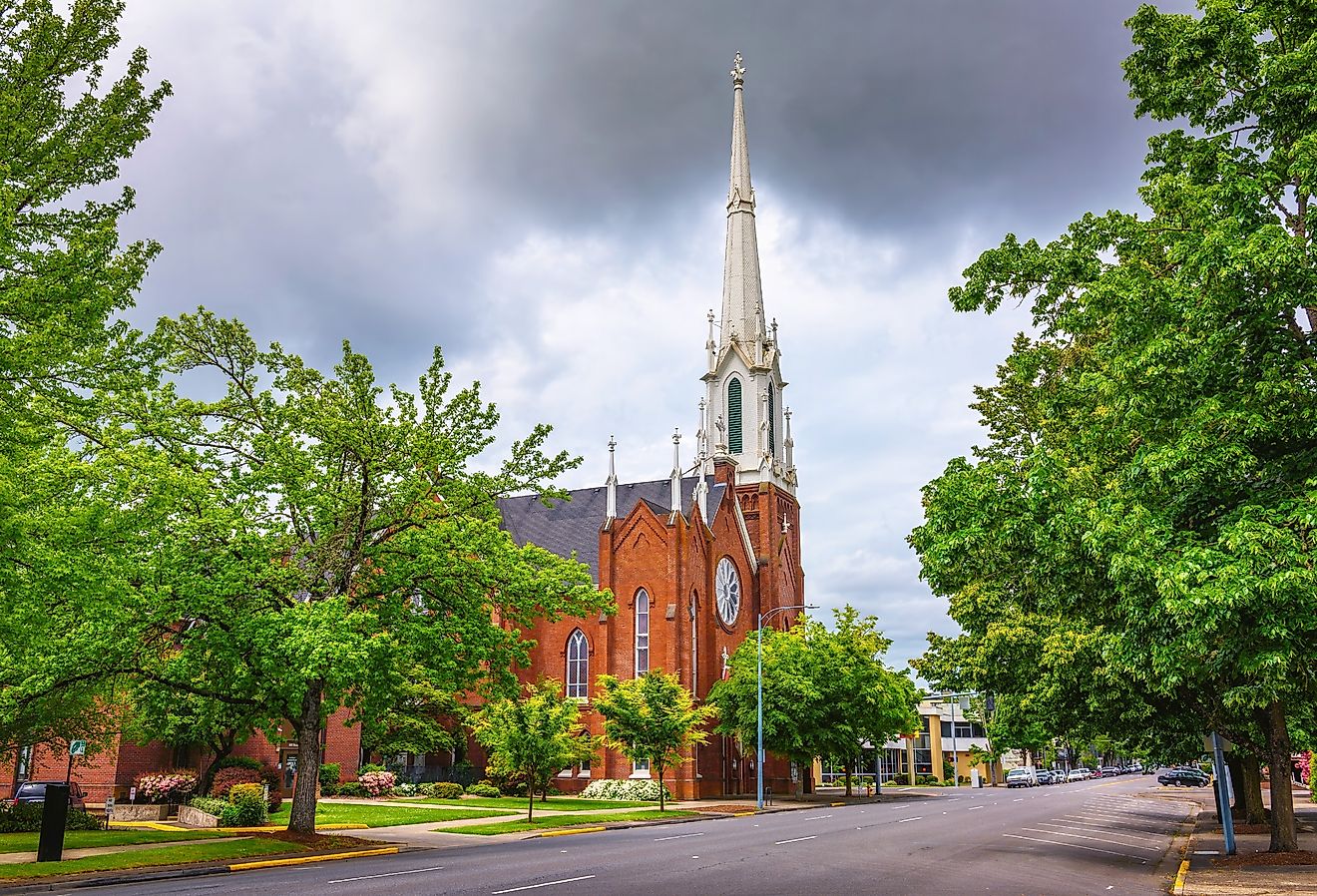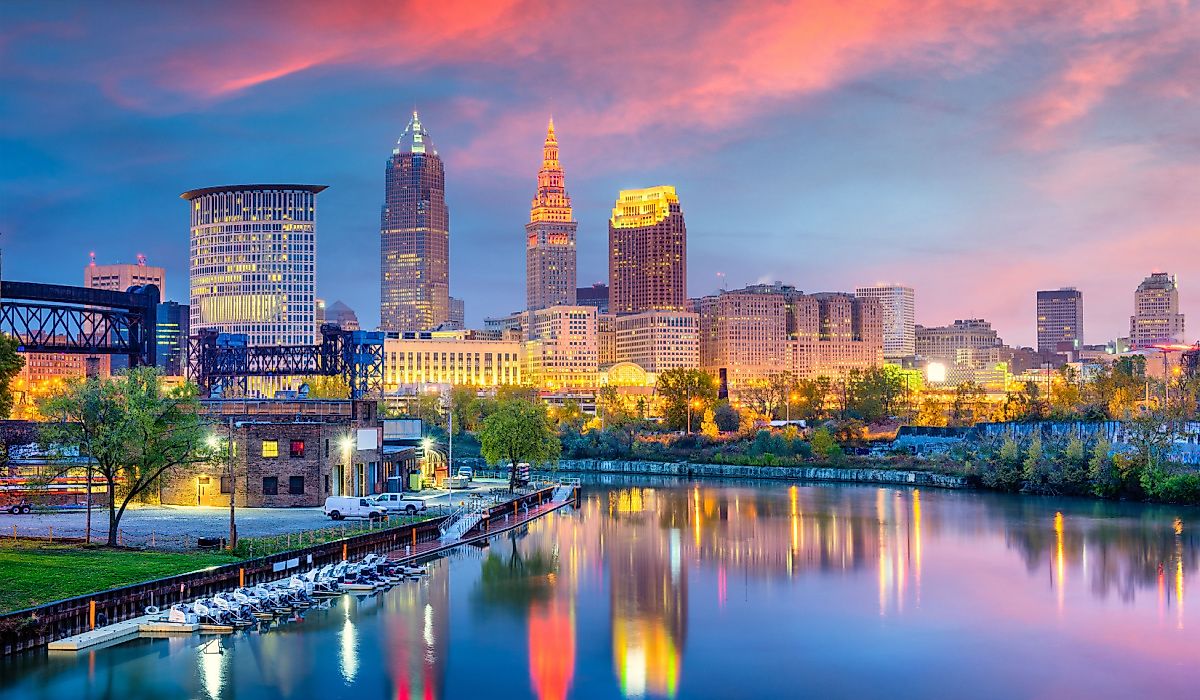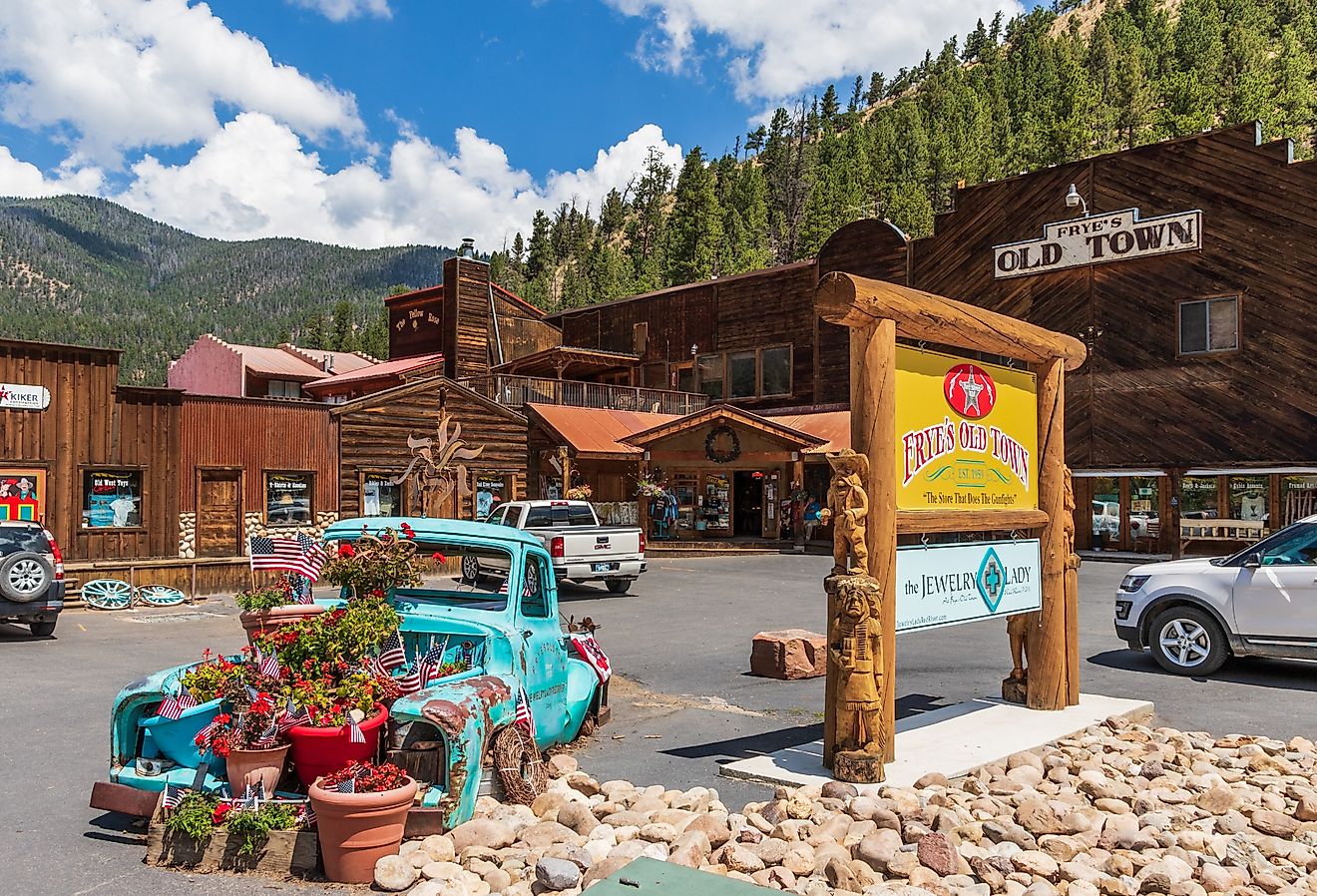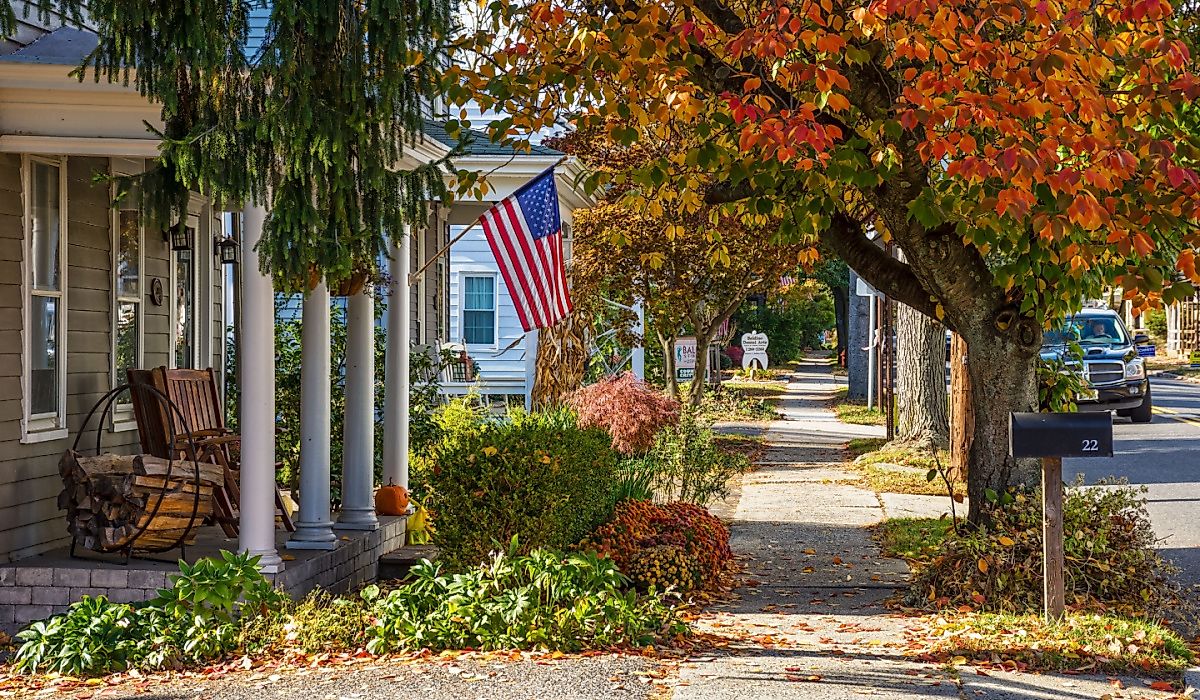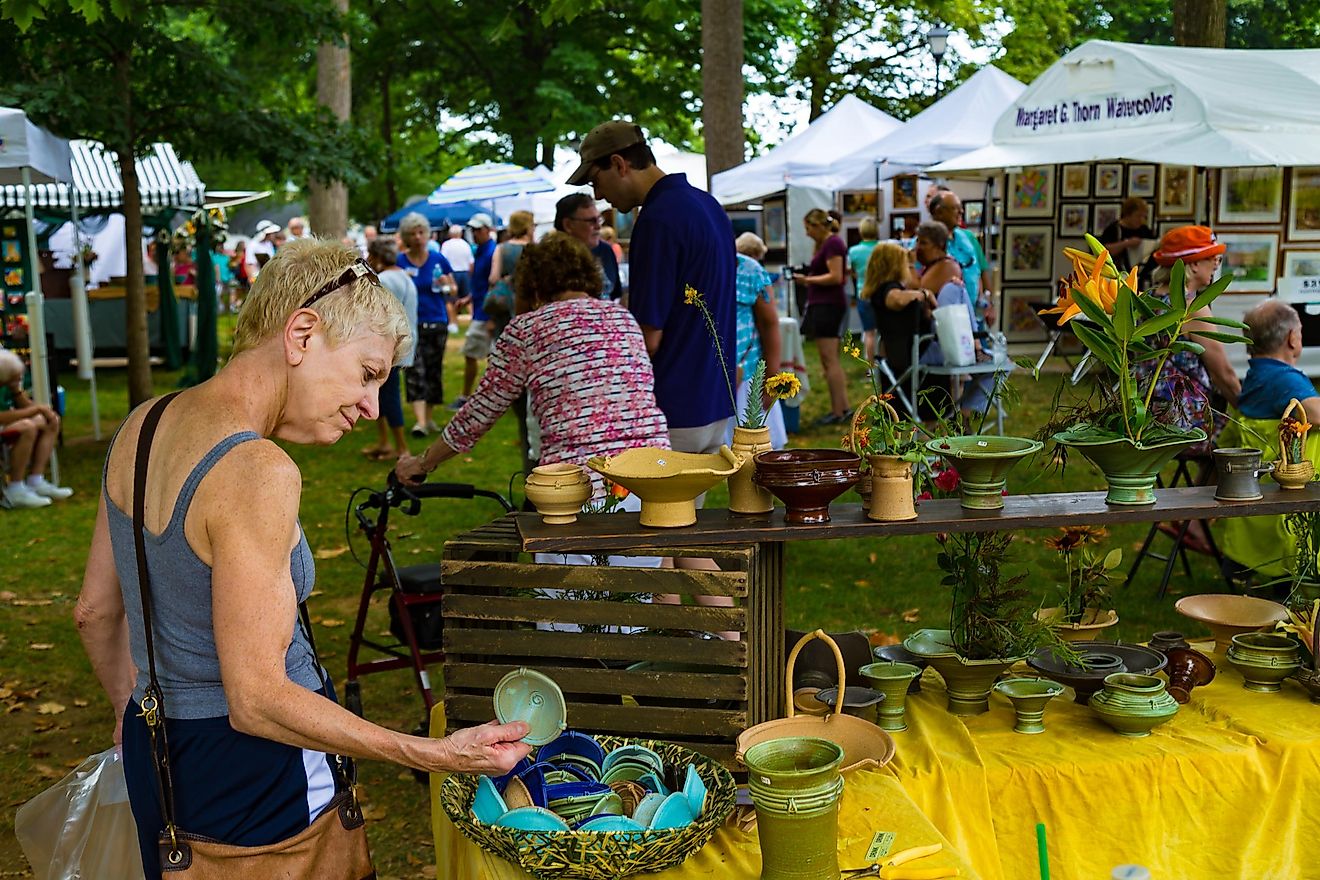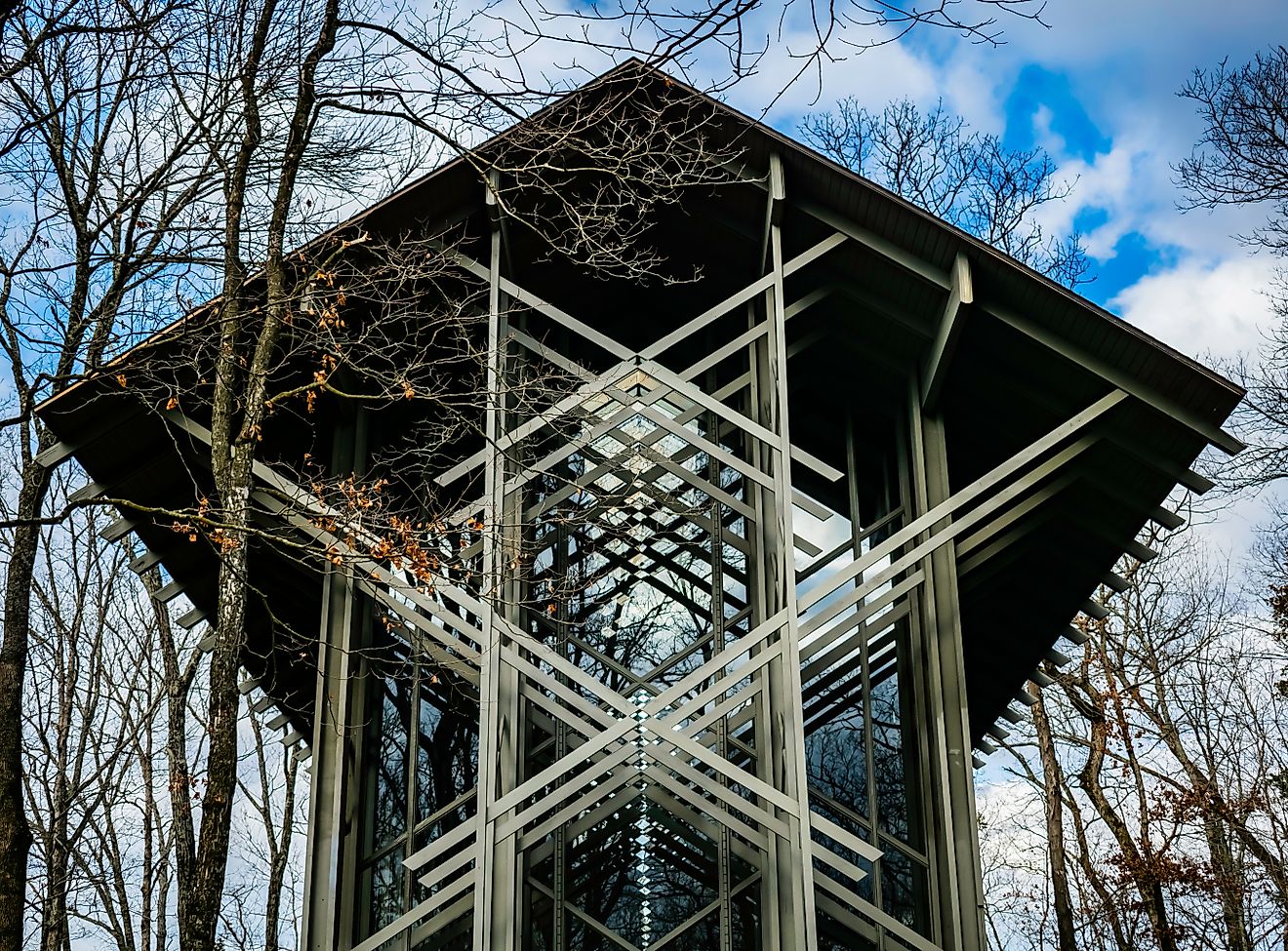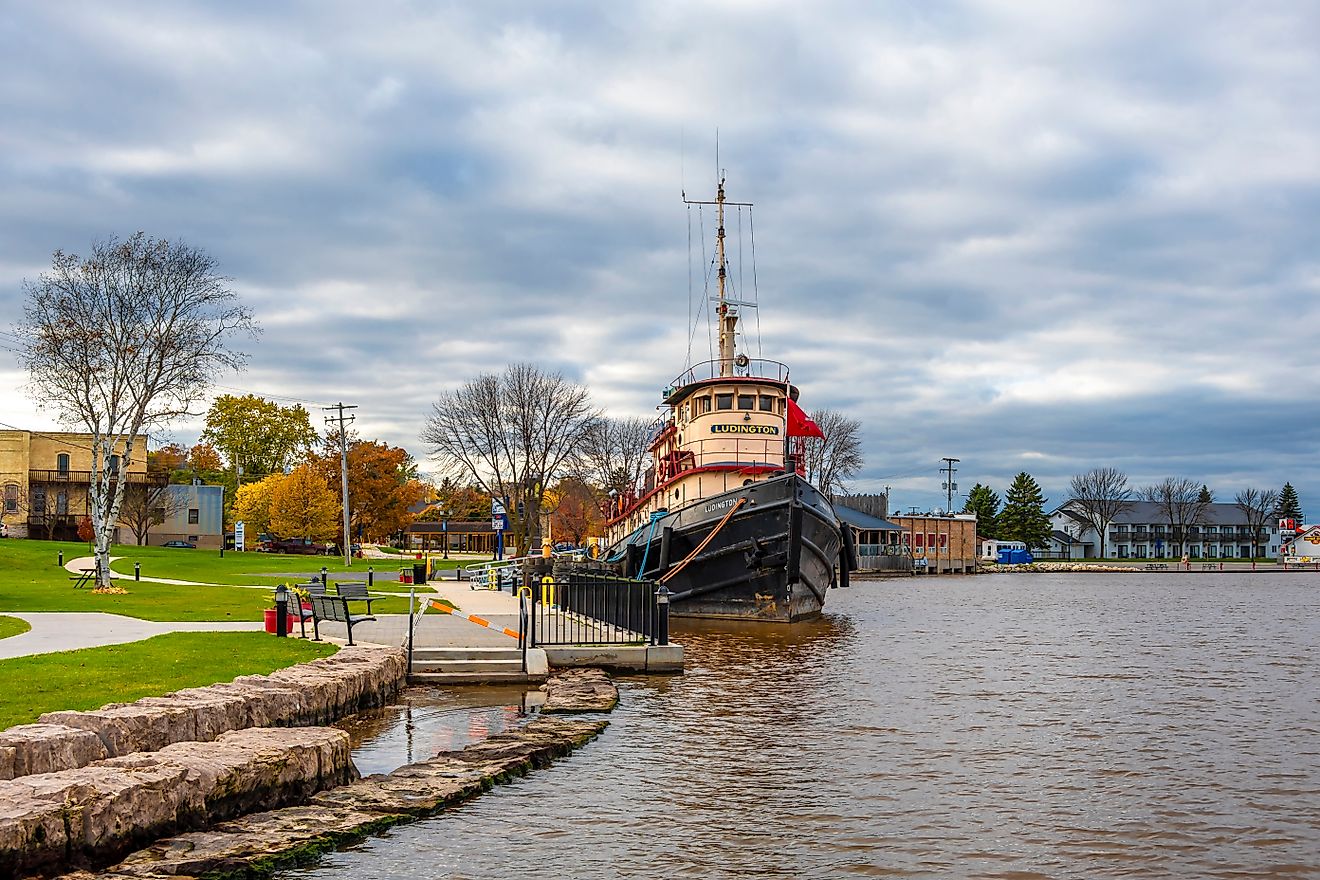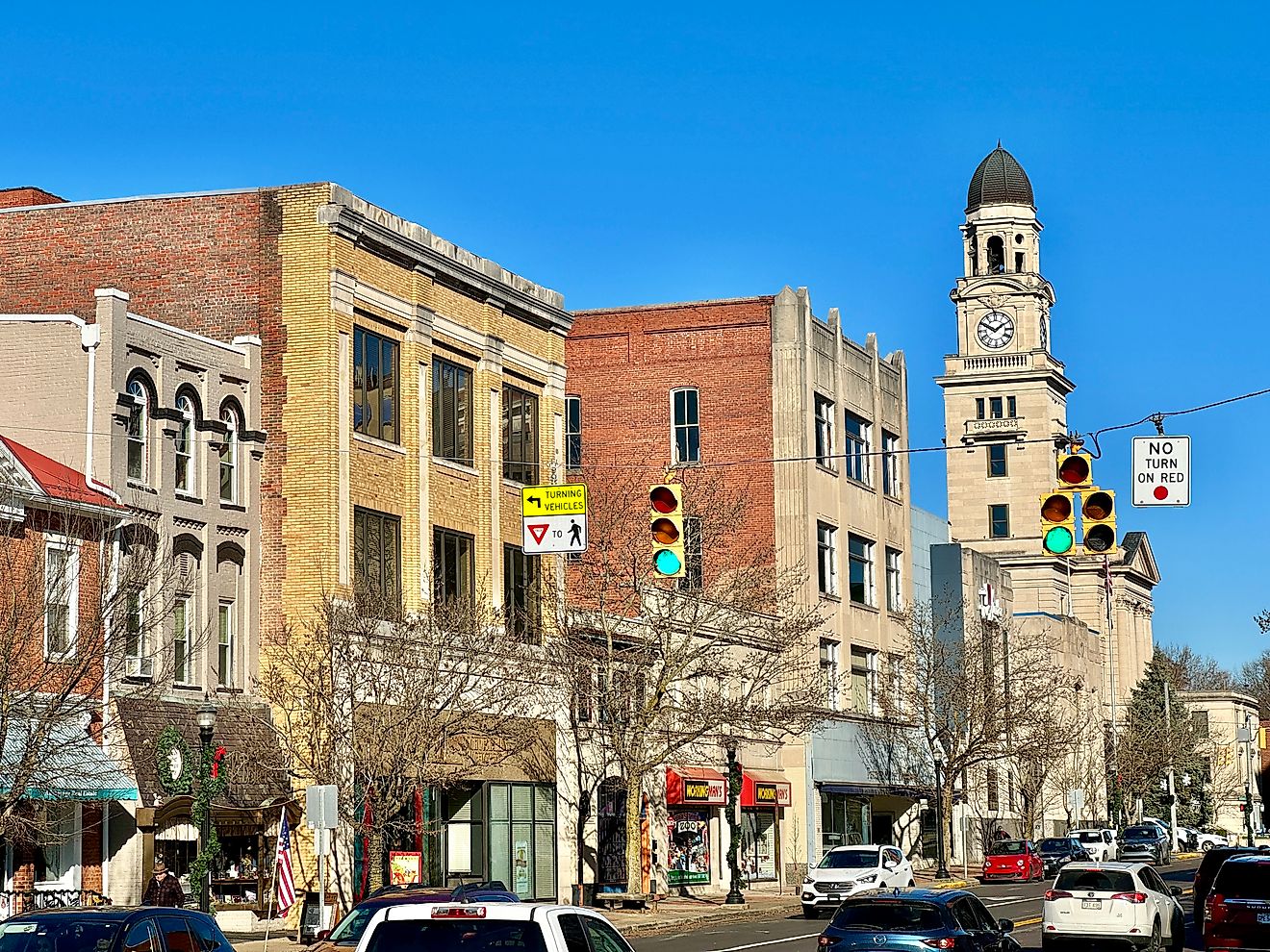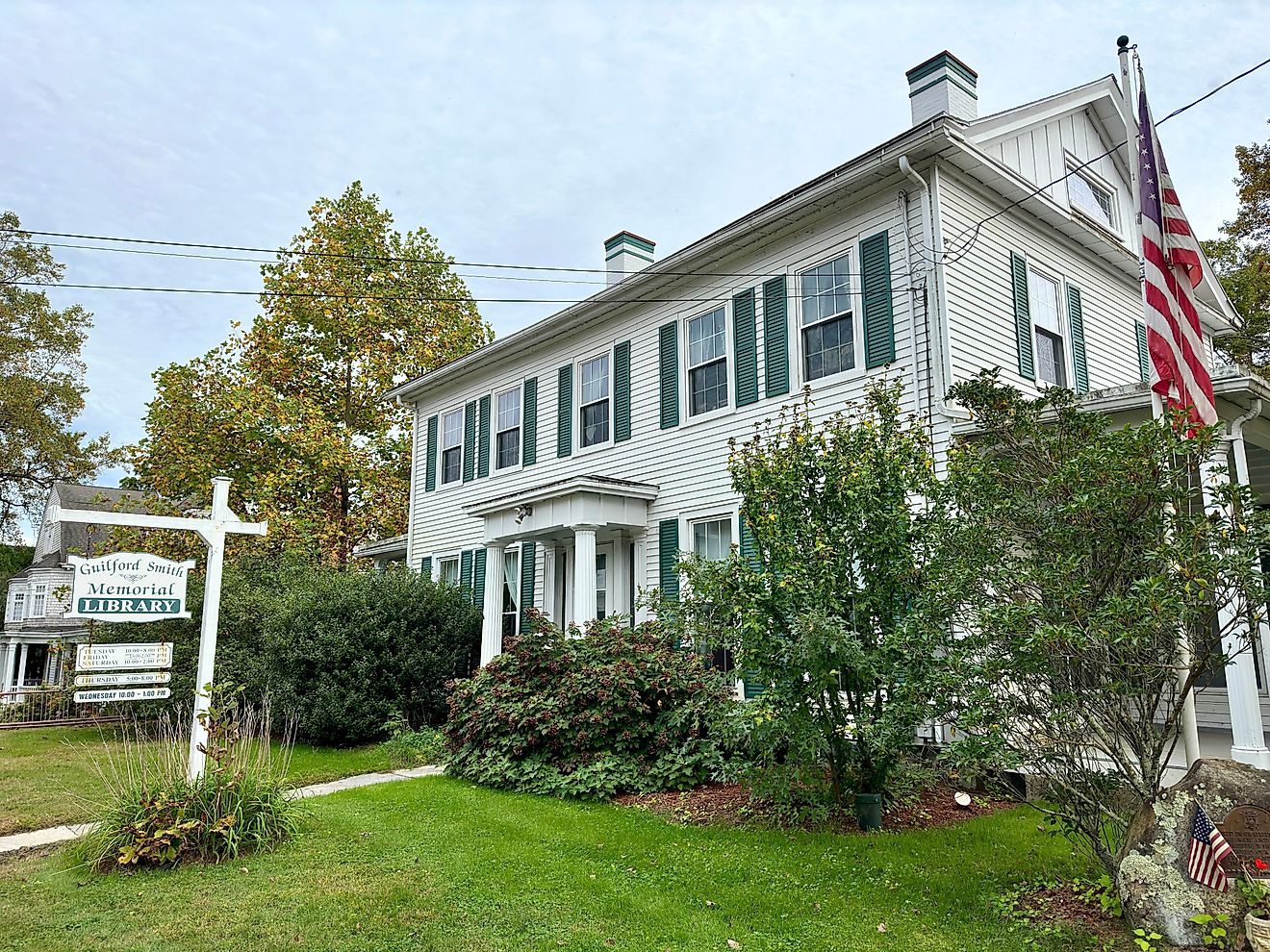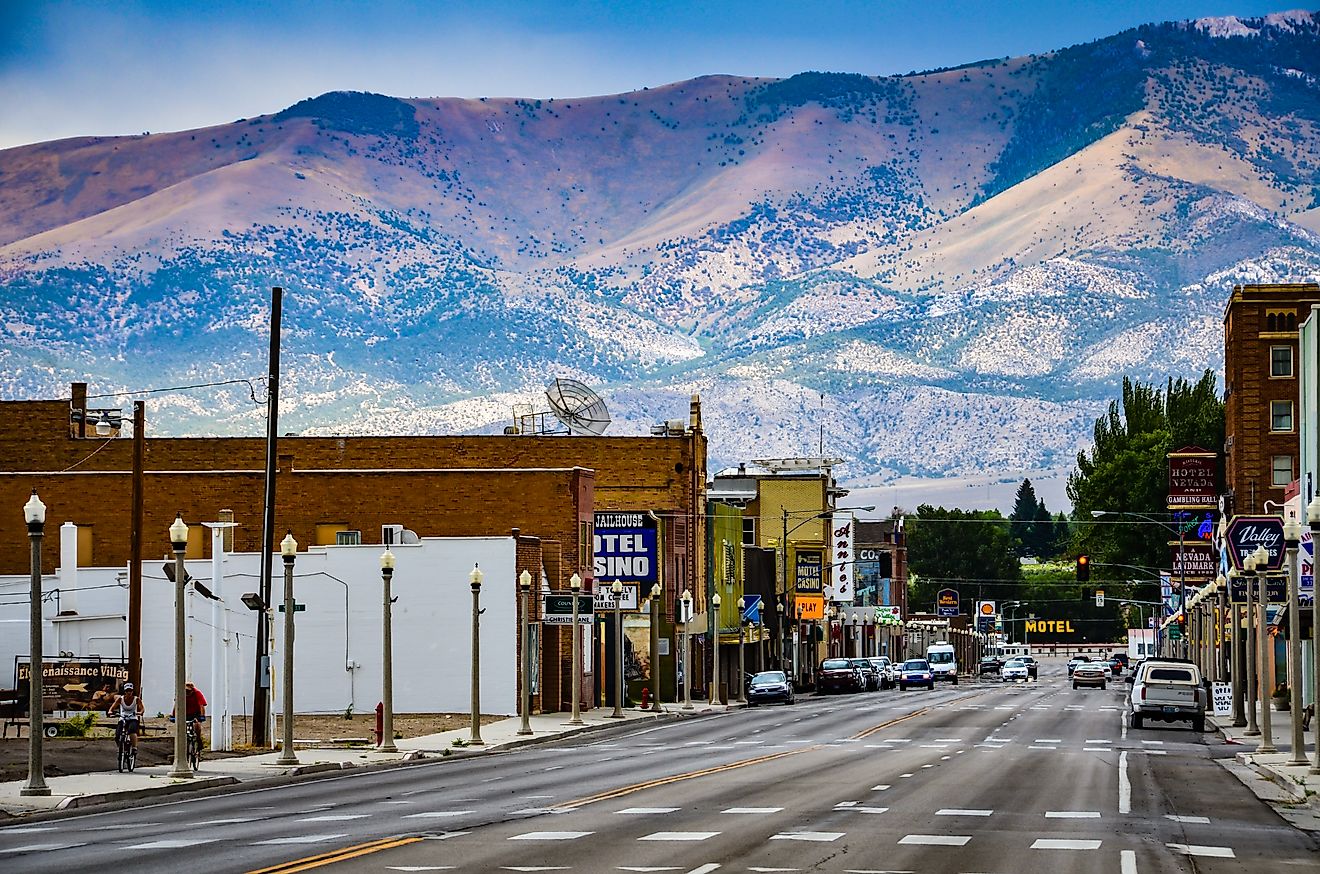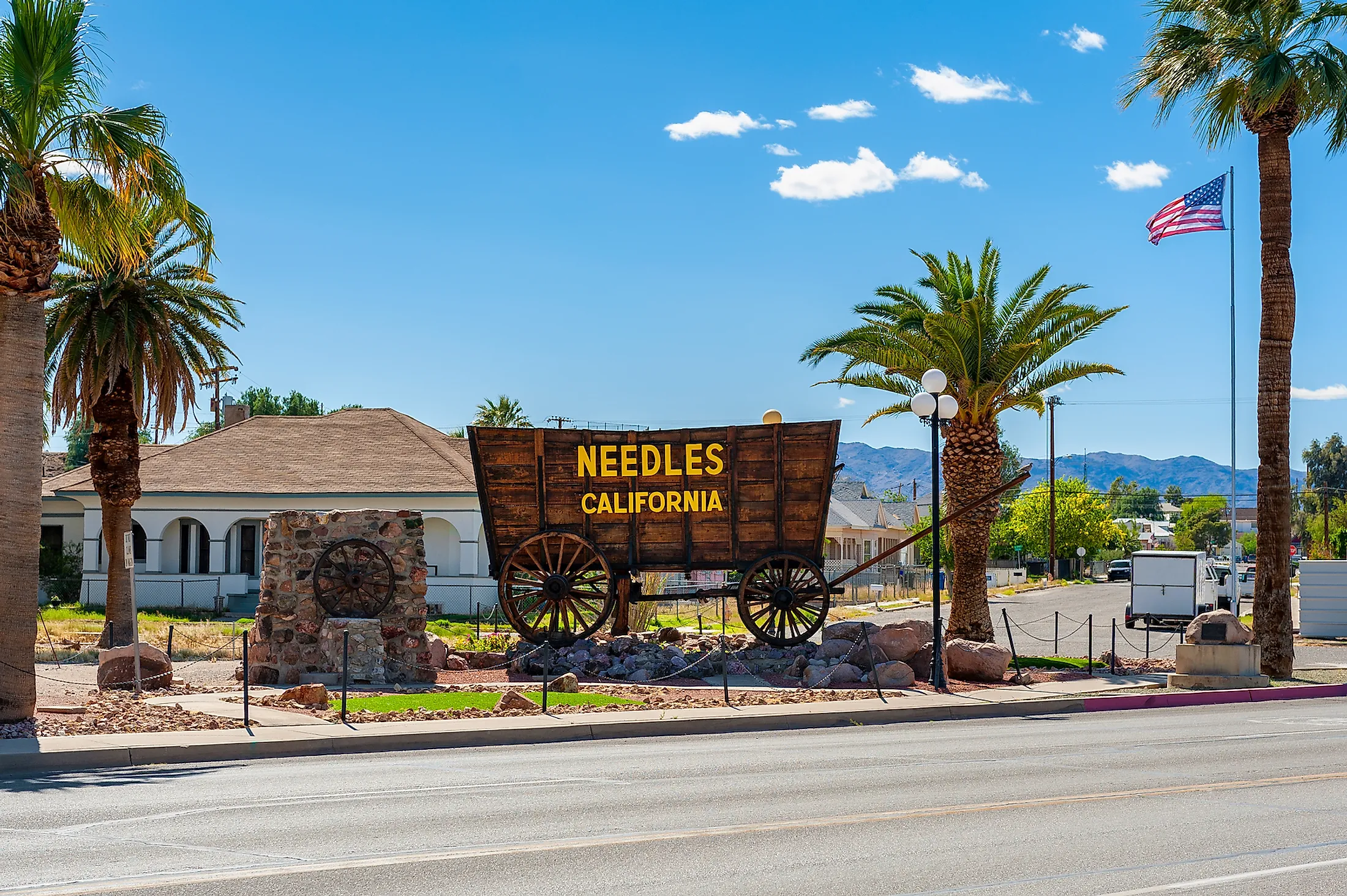
Needles, California
Needles is a city situated on the Colorado River in San Bernardino County, southeastern California, United States of America. The city attracts many tourists for its desert facilities, mining, and nearby ghost towns. Needles is one of the country's hottest cities, and temperatures can reach as high as 38 °C.
Population Of Needles
In 2019, Needles, California, was home to around 4,970 people with a median age of 42. Around 99.4% of the people of Needles are U.S. citizens, and about 1.59% of the residents were born outside the country. The largest ethnic groups in Needles are White. Most of whom are non-Hispanic and represent 66.6% of the population, non-Hispanic American Indian & Alaska Native at 8.18%, Hispanic American Indian & Alaska Native at 4.27%, and Black or African American at 2.92%. All the households in Needles speak English as the primary language.
Economy Of Needles
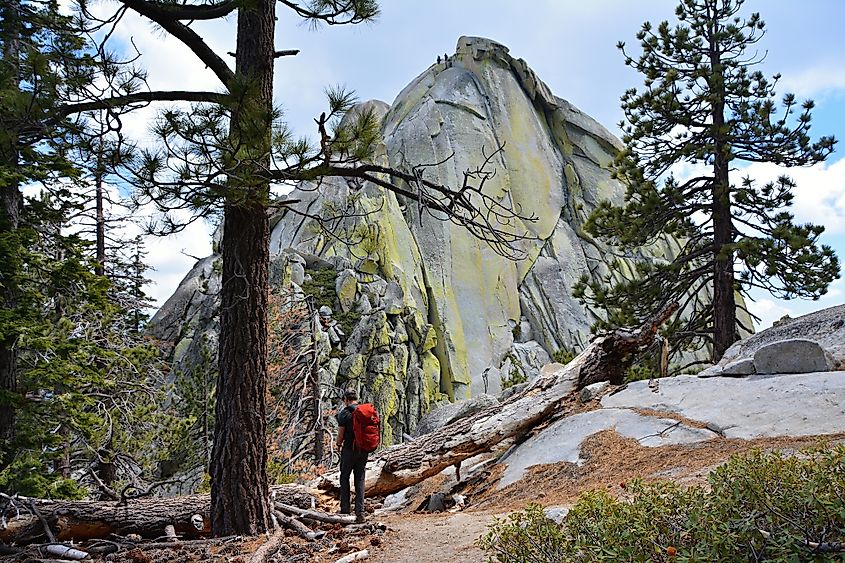
The median household income in Needles is $33,717. The income inequality (measured using the Gini index) in California is 0.499 which is higher than the national average. Males have an average income that is 1.26 higher than the average income of females. Tourism based on the Colorado River and Mojave Desert recreational facilities provides a significant source of income. Many industries support the economy of Needles, but the largest industries are Health Care & Social Assistance, Accommodation & Food Services, and Transportation. The highest paying industries in Needles are Arts, Entertainment & Recreation, Educational Services, and Utilities.
History Of Needles
The Mojave Indians inhabited the valley where Needles was founded thousands of years ago. Many still live in the area and are called the Fort Mojave Indian Tribe. The railroad's arrival to the area in 1883 marked the time the town was founded and called "The Needles" for a group of isolated needlelike peaks at the southern end of the valley. People used to travel to Needles by rail, and a wooden depot was built to accommodate the steam engines and the many travelers.
The original depot was destroyed by fire and was replaced by the El Garces Harvey House and Train Depot, completed in 1908. The name was given in honor of Father Francisco Garces, a missionary who visited the area in 1776. The El Garces was also part of the Fred Harvey chain of hotel restaurants distributed along the Santa Fe Railroad to provide meals and lodging.
The El Garces was very popular and was considered the "Crown Jewel" of the entire Harvey chain. It was well known for the real linen and silver, distinctive china, and fresh flowers provided for its guests daily. The lunchroom was spacious and could accommodate many people with its horseshoe-shaped counters. The waitresses earned the moniker of Harvey Girls and were cultured young ladies. They received special training in neatness and courtesy and were required to sign a contract that prohibited them from marrying for one year. The Harvey girls lived upstairs, and legend has it that railroaders in the early 20th century would climb on top of the rail cars during late afternoon stops at the El Garces. They hoped to spot some of the Harvey Girls relaxing in their nightgowns outside their rooms.
Even when automobiles became more popular, travelers kept stopping at the El Garces as they made their way down the Old Trails Highway, which was renamed to Route 66 when the highway connected Chicago, Illinois, to Santa Monica in California. The completion of the Mother Road encouraged thousands of tourists, and Fust Bowl escapes to journey to California, and Needles sprouted all types of services, cafes, and motels, many of which can still be seen today.
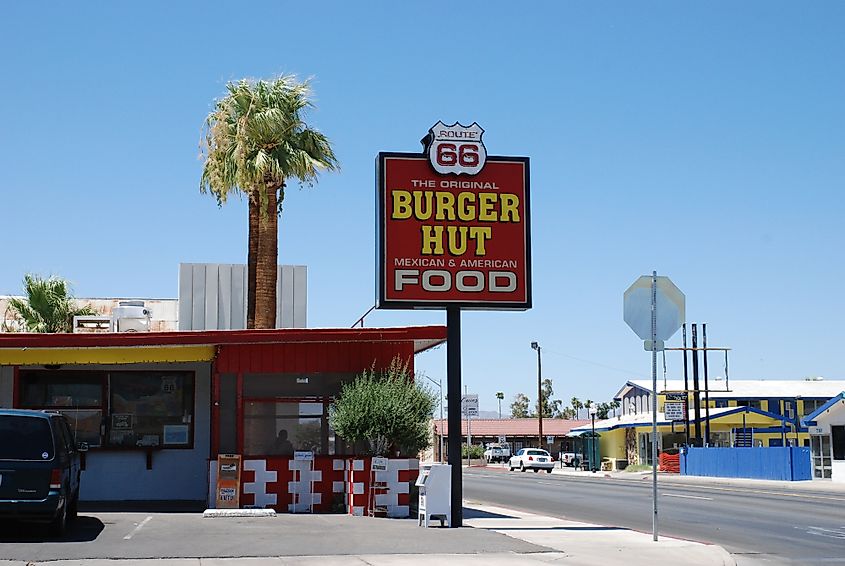
The Masonic Lodge built the Needles Historic Theatre at the cost of some $120,000 in 1929. The "modern" theatre entertained the public and kept operating for 63 years until a fire in 1992. Since then, the theatre has stood vacant, but restoration efforts are underway to renovate the old theatre.
By the 1940s, people stopped using the railway in favor of the automobile. And the Harvey House in the El Garces closed in the fall of 1949. The building was then used as Santa Fe Railway offices. Dams were built along the Colorado River in the 1950s and ended a long history of flooding in the region, making the land around Needles suitable for agriculture. The dams also provided new recreation opportunities for boating and fishing and boosted the Needles economy.
In 1988, the Santa Fe Railroad relocated its offices out of the El Garces to another facility. The building was closed and threatened with destruction until the Friends of El Garces was formed in 1993. They pushed for purchasing the building, and the City of Needles purchased the station in 1999.
Tourist Attractions In Needles
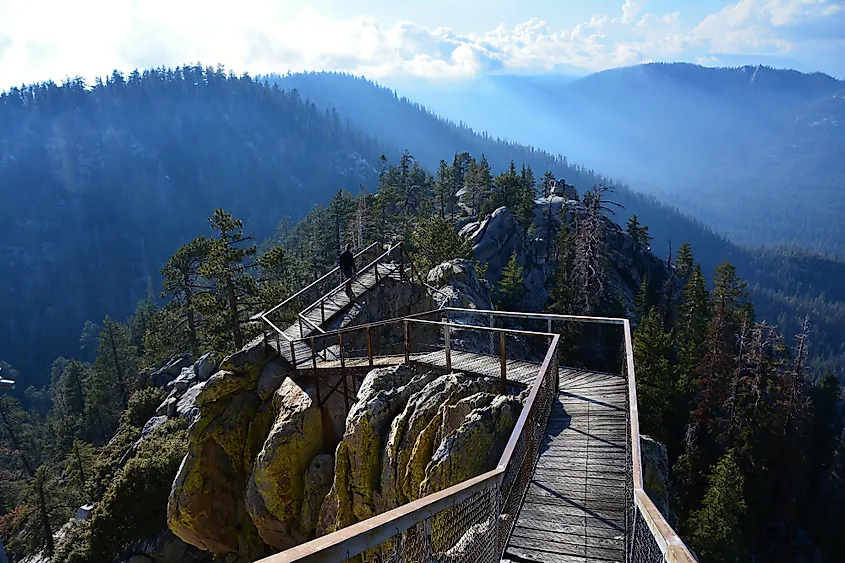
Needles can be very hot in the summer with temperatures that often exceed 38 °C but beckons snowbirds to its mild winters. Visitors can enjoy a wide variety of recreation activities, water skiing, fishing, and boating.
Mojave National Preserve is one of the top places visited in Needles. Congress created the preserve in 1994 and protects over 1.6 million acres of desert habitat. The public can observe ranching activities and historic and modern mining operations through and around the "Hole in the Wall" area. Animals such as desert tortoises and Bighorn Sheep may be observed in the area.
